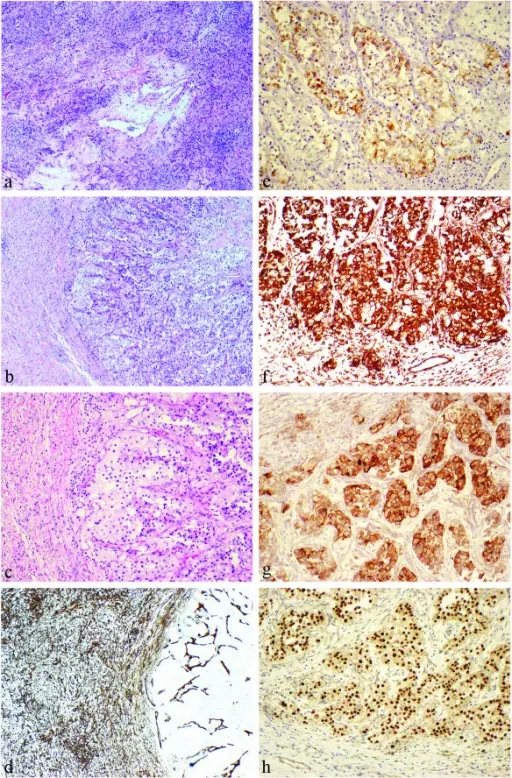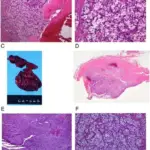Solitary fibrous tumor is a rare combination of growth of the soft tissue that can occur anywhere in the body.
What is the Pathology of Solitary Fibrous Tumor?
The pathology of solitary fibrous tumor is:
-Etiology: The cause of solitary fibrous tumors is unknown.
-Genes involved: NGFI-A binding protein 2 and STAT6.
-Pathogenesis: The sequence of events that lead to solitary fibrous tumor occurs as a result of hematogenous spread to the lung from the place of origin.
-Histology: The histology associated with solitary fibrous tumors shows an Increased mitotic rate than the normal, necrotic tissues are observed, ovoid spindle cells with indistinct cell borders arranged in a disorganized manner, and the nuclei have overwrapped on each other evidence of increased multiplication and disorganization.
How does Solitary Fibrous Tumors Present?
Patients with solitary fibrous tumors typically are both men 42% and women58% with the same rate of being affected with a median age arrange of 52 years. The symptoms, features, and clinical findings associated with solitary fibrous tumors include a large painless mass on the affected area.
How are Solitary Fibrous Tumors Diagnosed?
Mostly Solitary Fibrous Tumors are diagnosed through x-ray, Computerized tomography (CT scan), Magnetic resonance imaging (MRI), positron emission tomography (PET), a biopsy of part of the affected area.
How are Solitary Fibrous Tumors Treated?
The solitary fibrous tumors are treated mostly only through the resection of the affected part of the lung. If the tumor cannot be removed one is recommended to attend a couple of sessions of radiotherapy. Use of medication that targets only the affected area is also used but in rare cases.
What is the Prognosis of Solitary Fibrous Tumors?
The prognosis of solitary fibrous tumors is fair for the malignant case but the benign case is good. This is because the patients have a median survival rate ranging from 1-5 years old.



